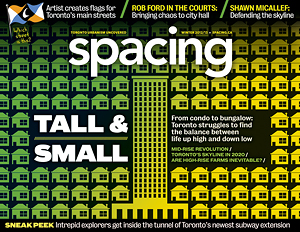So you can imagine the allure of a mail-order home that came flat-packed like an Ikea bookcase, and promised that you didn't even need a saw to assemble it. A "knocked-down" house kit included everything from the pre-cut foundation timbers to the shingles, along with instructions for the owner-builder to put it together themselves.

Aladdin Readi-Cut Homes – named for the fable in which a genie builds his master a palace overnight – used the tag line "Built in a Day". They claimed that "Skilled labor is absolutely unnecessary in any part of the erection and completing of an Aladdin house – because we supply the skilled labor in our mill, preparing the entire house for you to fit together in a few days."







